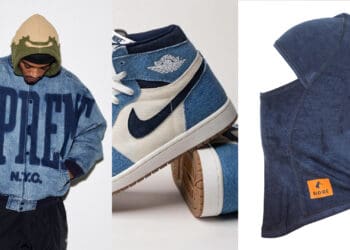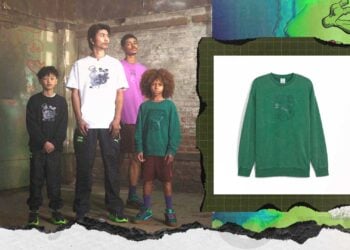15 years have passed since the initial launch of the Beats by Dre Studio headphones, and this brand is still kicking hard in a hyper competitive industry. The history behind this household name is one that spans passion from real musicians, and interest from billion dollar corporations. Whether you’re an audiophile or casual fan, it’s time you learned the true story behind the headphone brand that took pop culture by a storm in the 2010s.
How Beats Became A Fashion Statement
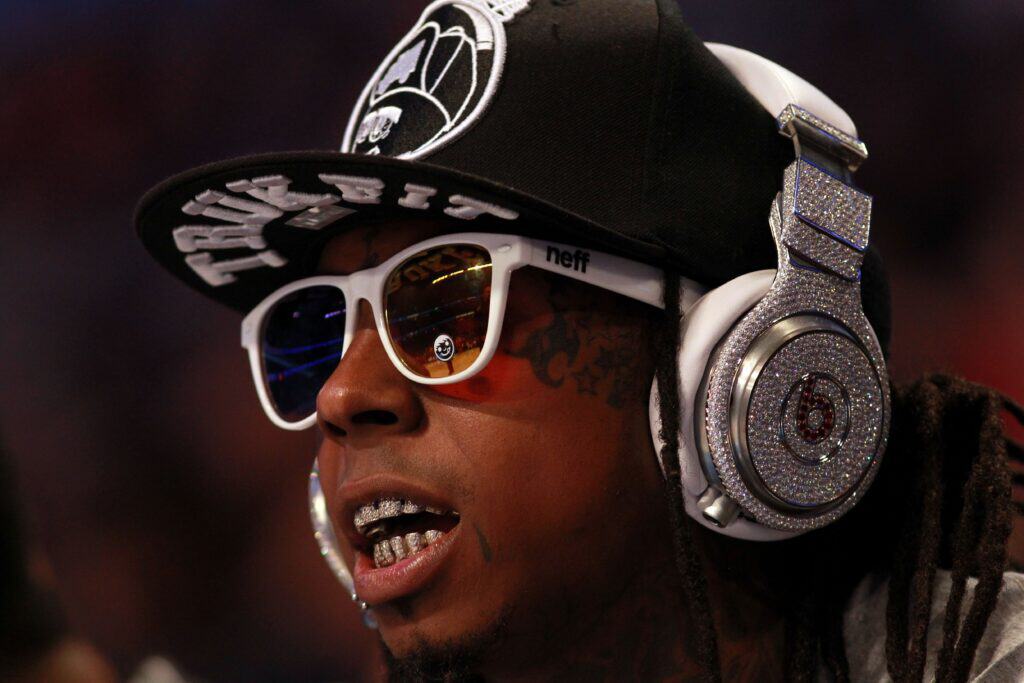
Many years ago, headphones were seen as a bulky accessory reserved for military communication jobs or studio engineers. Casual everyday consumers had no business wearing them, and even if they wore headphones, the appearance was not something that was considered appealing. Instead, everyone seemed to prefer the convenience of iPods and the Sony Walkman.
Where many saw a heavy accessory, Dr Dre saw an opportunity. But he wasn’t alone. The Beats By Dre story can’t be told without highlighting the influence of music producers Jimmy Iovine and Noel Lee. In the popularly shared story about its origins, the topic of beats began when Dre informed Lovine of his plan to sign with a major brand for Dre sneakers. In response, Iovine said, “F**k sneakers! Let’s sell speakers!” This is a piece of advice that Dre will never forget.
Noel Lee’s involvement in Beats began thanks to his experience running a high-end audio gear company called Monster Cable. The company emerged due to a scarcity of decent speaker cables. His initial plans for the company never involved hip-hop. It wasn’t until Lee’s son gave him the idea of marketing to hip-hop clients that he was urged to pay attention to what Iovine and Dre were up to. The three arranged for a meeting where Lee was able to talk them out of making speakers.
RELATED: The 24 Most Popular Wolf Cuts for Men
The three men hatched a plan that would comprise of Dre serving as the face and brand of this new company. Meanwhile, Lee was set to be the one in the background in charge of design, engineering, manufacturing and distribution. Easier said than done, but if everything went right, a royalty would be paid to Dre and Iovine’s company, Interscope Records who was in charge of helping with marketing.
Marketing for Beats was something that always had a clear direction. Since the intention was to promote these headphones to a hip-hop audience, it wasn’t difficult to find ways for Dre to pull some strings of connections along the way. Before that, though, the headphones actually had to sound nice. Dre reportedly tested over a dozen prototypes from a vault of nearly a hundred headphones. Using 50 Cent’s “In Da Club” as a reference track for the headphones, Dre eventually chose a bass-heavy pair that had elements in the song that just weren’t present in non-bass headphones from competitors like Sennheiser, Sony and Bose.
How Beats Used The Sneaker Marketing Playbook For Success
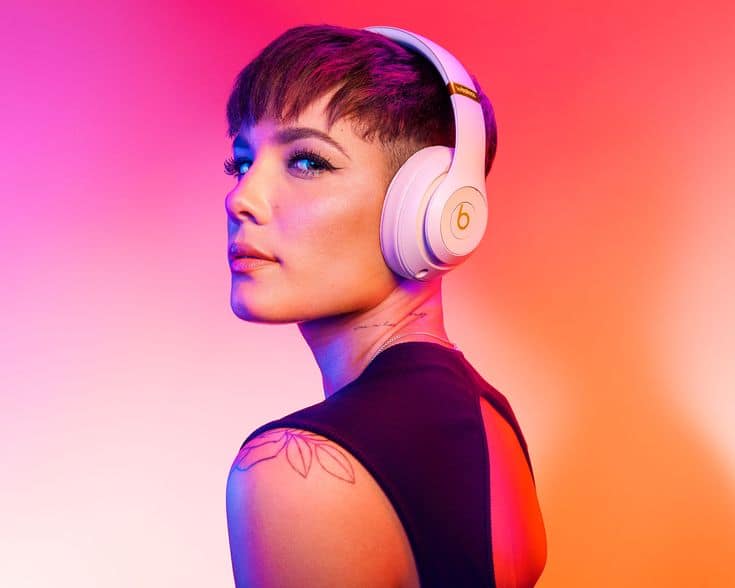
The innovative way Dre and the company got Beats on the radar of a larger audience was quite simple, looking back on it. Pure hype. In other words, it is important to get a lot of pop culture influences in hip-hop to represent the brand and build a household name for itself. Artists weren’t the only faces used to market these headphones. We also had athletes like LeBron James and Serena Williams. This worked effectively, especially in a world where the competition was quite sparse.
The launch of their first headphones in 2008 was a success. However, they were met with some critics within the audiophile community. For one, the $350 price tag for a pair of headphones seemed like something excessive, especially during a time when Lee’s company, Monster, was frowned upon by a lot of audiophiles for their high cable prices. Regardless, most of the Beats target audience was not interested in any of the technical details. In fact, most people didn’t care about the technical details of headphones in general. Bass was an element that had prominence in hip-hop music, and Beats handled bass really well. That was enough.
RELATED: Gorgeous Custom “Cloudy” Timberlands Are Heaven on Earth
Celebrity presence in the marketing material for Beats only ever increased with time. In a similar vein to how you’ll find unique Jordan collaborations for celebs like Drake, Beats began to launch those types of collaborations over time. These were known as limited edition “capsule collabs,” and they brought new beats like the Heartbeats with Lady Gaga from 2009, Diddybeats in a collaboration with Diddy, and Powerbeats with LeBron James in 2010.
Beats were growing and growing fast. It was time for the point in the life cycle of a successful product where competition would come out of the woodworks. Other hip hop artists were interested in cashing in on the success of Beats with their own brands. Rappers like 50 Cent, Jay-Z and Ludacris attempted to copy the magic that Beats had, but none were as successful.
$3 Billion Sale To Apple
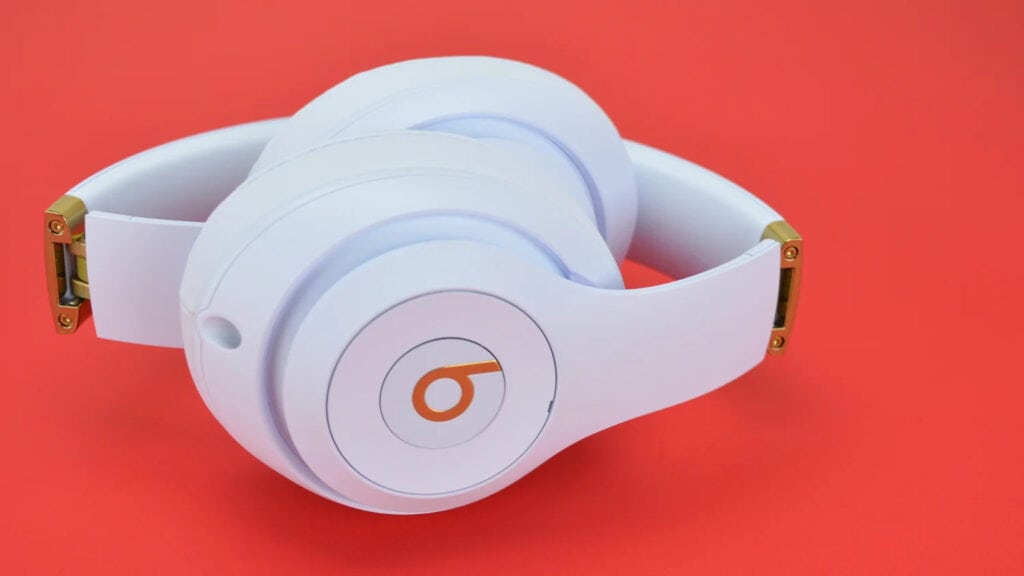
One competitor wanted to try something different with Beats, and it wasn’t a hip-hop artist. It wasn’t even a company that had a similar branding philosophy to Beats. It was Apple. In 2014, a surprise move made by the tech company saw them purchase Beats for $3 billion. This deal catapulted Dre to the top of hip hop’s richest producers in history.
In 2014 alone, Beats brought in a billion dollars with their headphone sales. Apple’s decision to acquire the company was a way for them to acquire both talent and products. The average Apple consumer was not the same a Beats owner. The technology that Apple was able to leverage with Beats allowed them to develop and launch the AirPods brand that has easily raked in over $3 billion adjusted for inflation.
As for the core Beats branding, they are still going quite strong, and they recently revealed a new pair of Studio Pros in collaboration with ASAP Rocky. Many reviewers have stated that this new pair is definitely a huge step up for the company, and it might even be a better purchase compared to the AirPods Max.







